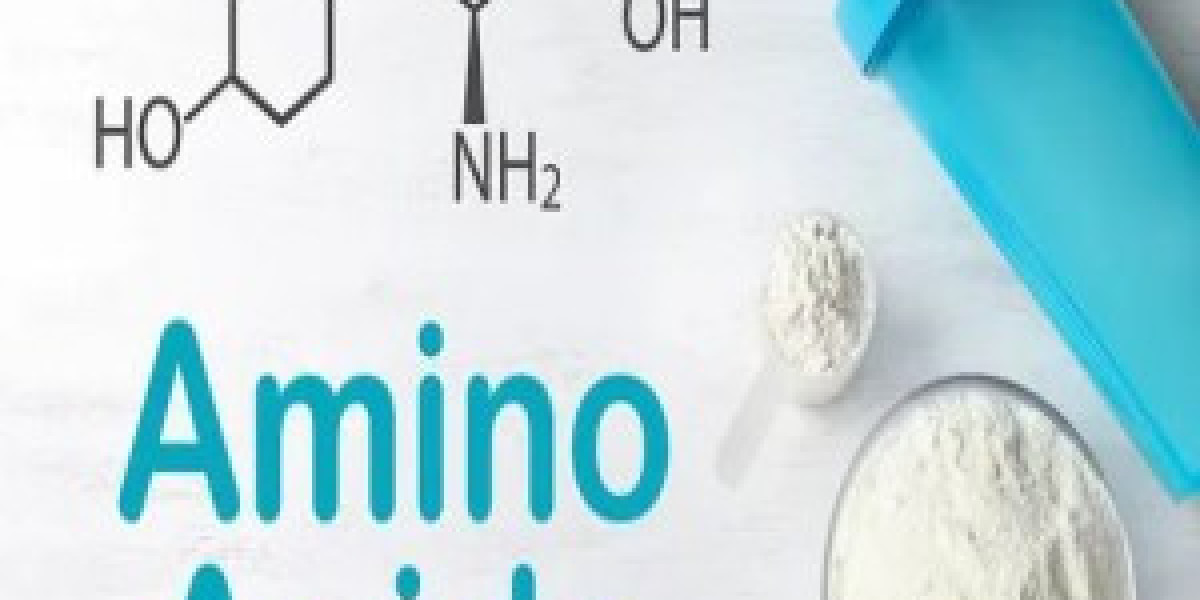What are Amino Acids?
Amino acids are organic compounds that combine to form proteins. They contain an amino group (-NH2), a carboxylic acid group (-COOH), and a side chain (R group) that is unique to each amino acid. There are 20 standard amino acids used by cells to build proteins through a process called translation. During this process, amino acids are linked together through peptide bonds to form polypeptide chains of varying lengths and structures.
The 20 Standard Amino Acids
The 20 standard Amino Acid refer to those proteinogenic amino acids that are incorporated biosynthetically into proteins during translation. Each amino acid has its own one- or three-letter abbreviation. The 20 standard amino acids are glycine, alanine, valine, leucine, isoleucine, serine, threonine, cysteine, methionine, proline, phenylalanine, tyrosine, tryptophan, asparagine, glutamine, aspartate, glutamate, lysine, arginine, and histidine. Their R groups determine each amino acid's properties and how they interact with one another in protein structures.
Protein Synthesis and the Genetic Code
During protein synthesis, codons or triplicates of nucleotides in messenger RNA direct the incorporation of specific amino acids into the growing polypeptide chain based on the genetic code. Each codon corresponds to one amino acid, with some amino acids corresponding to more than one codon. Transfer RNA (tRNA) molecules carry the correct amino acid to the ribosome based on codon-anticodon base pairing. The sequence of codons in mRNA therefore dictates the exact sequence and structure of the final protein product.
Get more insights on, Amino Acid
Resources – Top Applications of Amino Acids in Health and Nutrition
Innovations in Amino Acid Production: A Look at Biotechnological Advances
The Role of Amino Acids in Sustainable Agriculture
Recent Developments in Amino Acids Market



